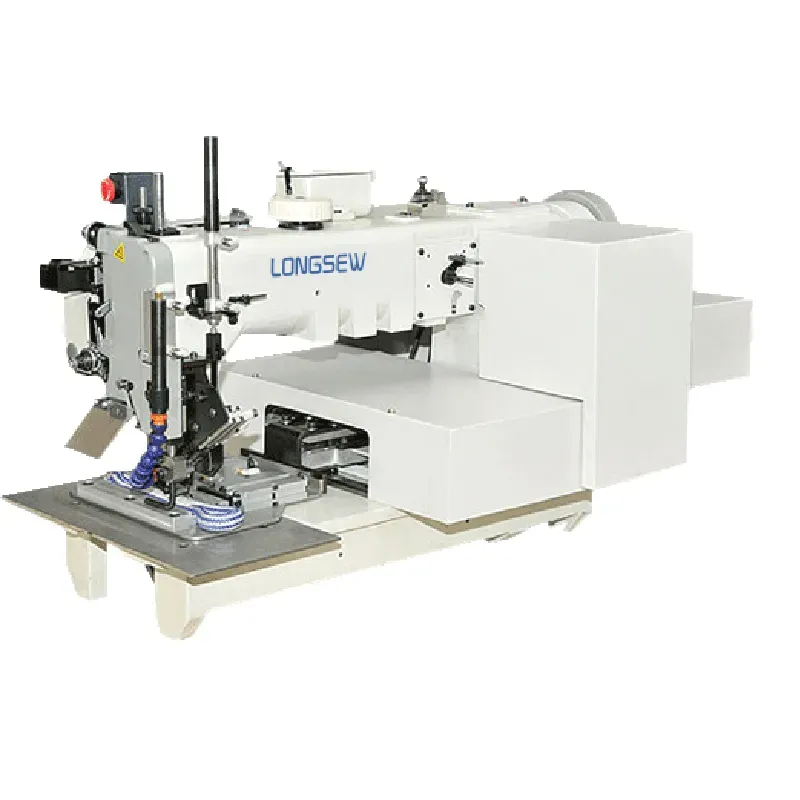Creative Uses of Zigzag Stitches in Machine Embroidery Techniques and Projects
The Art of Machine Embroidery with Zigzag Stitches
Machine embroidery has revolutionized the world of textile art, offering endless possibilities for creativity and craftsmanship. Among the array of stitches available to embroidery enthusiasts, the zigzag stitch stands out for its versatility and functionality. This article delves into the significance of the zigzag stitch in machine embroidery, its various applications, and some tips for achieving stunning results.
What is a Zigzag Stitch?
The zigzag stitch, characterized by its zigzag pattern, is a common feature in sewing and embroidery machines. Unlike straight stitches, which are linear, zigzag stitches create a V shape as the needle moves back and forth. This stitch can be adjusted in width and length, allowing for a wide range of applications, from decorative elements to functional finishes.
The Versatility of the Zigzag Stitch
One of the greatest advantages of the zigzag stitch is its versatility. It can be used for various purposes, making it a staple in every embroiderer’s toolkit
1. Edge Finishing The zigzag stitch is often employed to prevent fraying on fabric edges. By sewing along the raw edge, the stitch secures the fabric and provides a clean finish.
2. Appliqué Work When attaching decorative fabric pieces, the zigzag stitch offers a perfect solution. Its ability to wrap around the edges of the appliqué provides both aesthetics and function, securing the piece while enhancing its appearance.
3. Decorative Stitching The zigzag stitch can be used as a decorative element in itself. By varying the width and length, embroiderers can create stunning patterns and textures that add depth to their projects.
4. Textile Repair This stitch is also an excellent choice for mending torn fabrics. Its stretchiness allows it to hold up against movement, making it ideal for reinforcing seams and repairing garments.
machine embroidery zig zag stitch

Tips for Using Zigzag Stitches in Machine Embroidery
To get the most out of your zigzag stitching, consider the following tips
1. Choose the Right Fabric Some fabrics work better with zigzag stitches than others. Heavier fabrics, such as denim or canvas, can benefit from a wider zigzag stitch, while lighter fabrics may require a narrower setting.
2. Adjust Tension Proper tension settings are crucial for achieving clean-looking stitches. If you notice puckering or loose threads, adjust the tension on your machine accordingly.
3. Experiment with Width and Length Don’t be afraid to play with the zigzag stitch’s width and length settings. By experimenting, you can discover new patterns and textures that elevate your embroidery projects.
4. Practice on Scraps Before tackling your main project, practice on scrap fabric. This allows you to fine-tune your settings and get a feel for how the stitch behaves with your chosen materials.
5. Combine Stitches Don’t feel limited to just zigzag stitches. Combining them with straight stitches or other decorative stitches can create intricate designs and elevate your work.
Conclusion
Machine embroidery with zigzag stitches is not only practical but also a creative outlet for artists and hobbyists alike. With its myriad applications, the zigzag stitch enhances and elevates the world of textile arts. By understanding its functions and embracing its versatility, embroiderers can create beautiful, lasting pieces that showcase their unique style and craftsmanship. Whether you are edging a garment, embellishing a quilt, or repairing a fabric, the zigzag stitch is an essential tool that opens the door to endless possibilities in the exciting realm of machine embroidery. So, grab your embroidery machine, thread it up, and let the zigzag stitch take your creations to new heights!
-
Boost Production Efficiency with a Pattern Sewing MachineNewsAug.29,2025
-
Industrial Excellence with the Best Heavy Duty Sewing MachineNewsAug.29,2025
-
Precision and Power with the Best Pattern Sewing MachineNewsAug.29,2025
-
Reliable Bulk Packaging Starts With the Right FIBC Sewing MachineNewsAug.29,2025
-
Advanced Packaging Solutions: Elevate Productivity with Jumbo Bag Sewing Machine and Industrial Stitching EquipmentNewsAug.29,2025
-
High-Performance Solutions for Bulk Packaging: FIBC Sewing Machine and MoreNewsAug.29,2025
-
Maximize Efficiency with an Industrial Cylinder Arm Sewing MachineNewsAug.28,2025


























